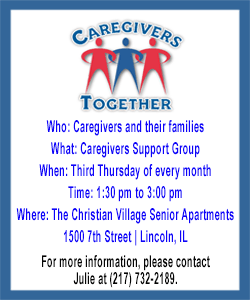|
 Mayor Stephanie Rawlings-Blake said the focus on Batts and the
leadership of the 2,500-officer force had become a distraction in
fighting resurgent crime and was hurting her goal of attracting
families to the city. Mayor Stephanie Rawlings-Blake said the focus on Batts and the
leadership of the 2,500-officer force had become a distraction in
fighting resurgent crime and was hurting her goal of attracting
families to the city.
"As we have seen in recent weeks, many continue to die. Families are
tired of feeling the pain, and so am I," she told a City Hall news
conference.
Batts' firing came after three people were shot dead overnight and
another was killed on Wednesday, violence cited by the mayor at her
news conference.
Batts, who came to Baltimore from California in September 2012 with
a reputation as a reformer, will be replaced on an interim basis by
Deputy Commissioner Kevin Davis.
Batts came under fire for his handling of rioting that followed the
funeral of Freddie Gray, 25, on April 27.
Gray died after suffering an injury while being transported in a
police van, heightening a national debate on police treatment of
minorities. Six officers have been charged in his death.
 Batts and other police commanders told officers to "hold the line"
with rioters rather than confront people causing damage or
threatening police.
Officials have said the orders were aimed at protecting officers and
bystanders. About 160 officers were hurt in the rioting, almost 400
buildings were destroyed or damaged and the National Guard was sent
in to restore order.
His cautious response was seen as an improvement over other cities,
such as Ferguson, Missouri, that had used heavy-handed tactics to
shut down protests after complaints of police brutality against
black men. But Batts came under criticism for not being better
prepared for the rioting.
A review by Baltimore's police union released on Wednesday
criticized the police response. It said commanders let unrest spiral
into arson and looting, and officers lacked riot gear and training.
A spokesman for Rawlings-Blake called the review "a trumped-up
political document."
APOLOGY TO OFFICERS
Batts apologized to officers in May, saying he put them in harm's
way.
Batts also had to grapple with an upsurge in killings after the
rioting in the largely black city of 620,000 people. Baltimore has
tallied 155 killings for the year versus 105 in the same period in
2014, police said on Wednesday.
[to top of second column] |

Batts blamed the upturn to the looting of pharmacies during and
after the rioting, leading to turf wars among drug gangs.
Davis, the interim commissioner, came to Baltimore in January after
serving as police chief in Anne Arundel County Maryland. At the City
Hall news conference, he said: "It's all about the crime fighting
and the relationship with the community."
Batts had been police chief in Oakland and Long Beach, California.
He began his career in 1982 in Long Beach and from there went to
Oakland, which, like Baltimore, has one of the highest homicide
rates in the country.
Billy Murphy, an attorney for Gray's family, praised Batts for
trying to change "an entrenched racist police culture and its
horrible blue wall of silence which made good cops afraid to tell on
bad cops. But he did not succeed.”
Batts' firing came a day before a 20,000-strong faith coalition,
Baltimoreans United in Leadership Development, planned to ask for
his resignation.
The Rev. Andrew Foster-Connors, the group's clergy co-chair, said
Batts did not have a plan to address the mayhem and had lost support
among the police rank and file.
"That felt like a dangerous situation to us and we were ready for a
change," he said.
City Council President Bernard "Jack" Young said in a statement that
a growing lack of confidence in Batts' crime-fighting strategy could
have hurt Baltimore's long-term health.
(Additional reporting by Ian Simpson in Washington and Fiona Ortiz
in Chicago; Editing by Cynthia Osterman and Eric Beech)
[© 2015 Thomson Reuters. All rights
reserved.]
Copyright 2015 Reuters. All rights reserved. This material may not be published,
broadcast, rewritten or redistributed.
 |